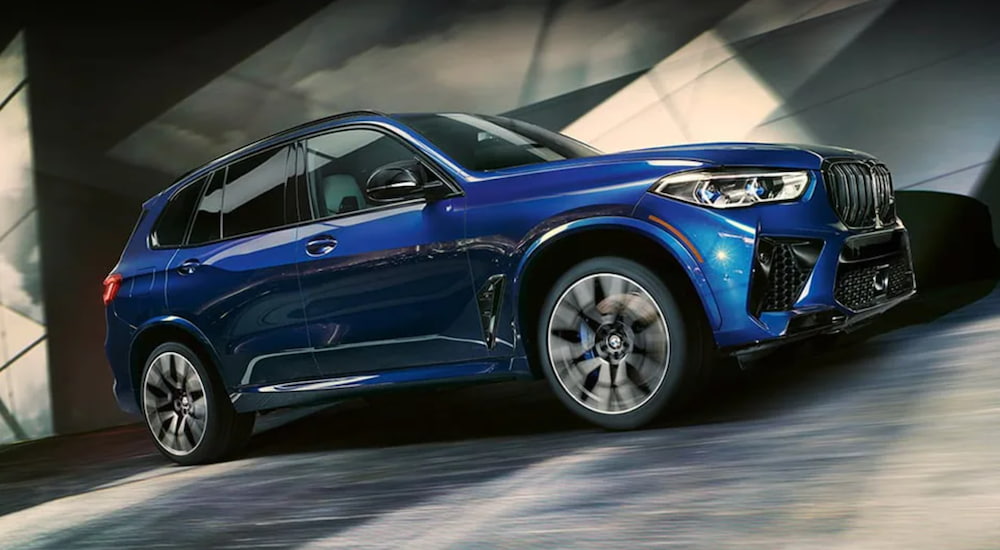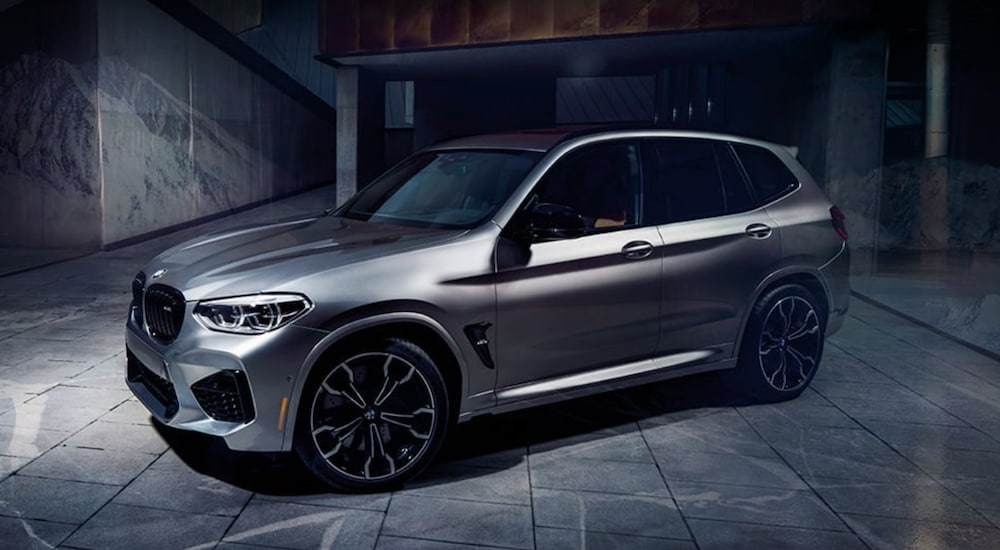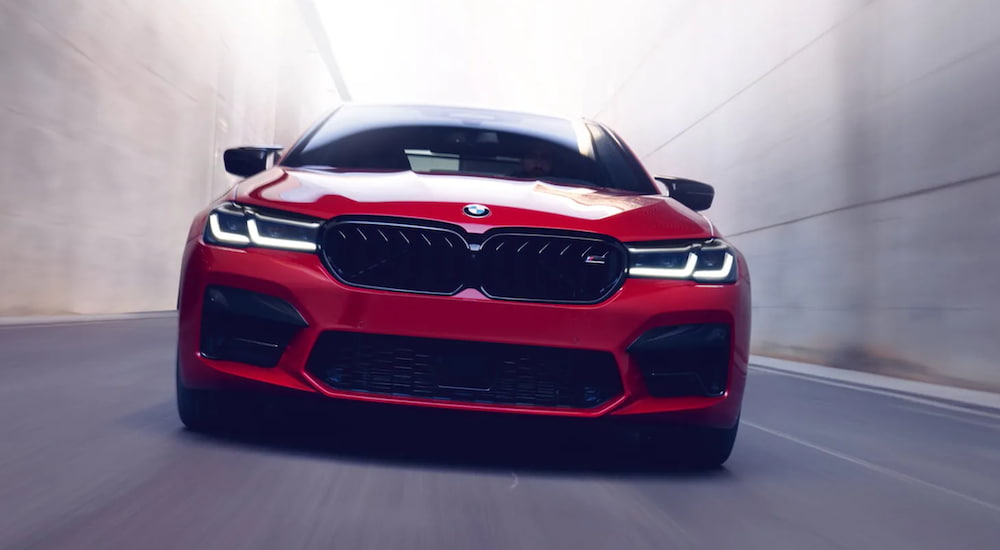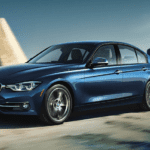Economy cars and supercars alike tend to be pretty serious – on both counts, makers are jostling for market share among a choosy bunch of buyers who are serious about how they spend their money. But out-of-this-world hyper-cars are more like Hot Wheels models than actual road cars, and on the other end of the supercar spectrum, there’s another class of vehicles that shouldn’t take themselves too seriously. That’s where the BMW M Series lands and cements the brand’s claim that they’re the ultimate driving machines.
Why should we consider the $100,000, not-quite-supercar range with a wink and a nod? Well, first of all, spending this amount of money ought to generate a satisfying return in the form of a vehicle that makes you feel like it was worth every penny. It should put a smile on your face with every look, every start, every turn, and every memory. Secondly – and this is just an opinion – as a range that’s essentially a distilled version of the super sporty, super luxurious cars a tier above it, the vehicles occupying this range are a kind of minor league. The stakes simply aren’t high enough to approach these vehicles with crossed arms and cold smirks about how cool you are – but the level of play is absolutely high enough to justify an oafish grin every time you open the door.
For the Love of Racing
The BMW M-series is a lineup of such vehicles. The original concept for the M3 was developed exclusively for racing purposes to combat the dominant Mercedes-Benz 190E2.3-16 in the 1970s. After watching Mercedes take over the DTM (Deutsche Tourenwagen Meisterschaft) circuit, BMW was determined to raise the bar even further, and BMW’s CEO challenged the Motorsport division with the task of generating a racetrack-ready 3-Series vehicle.
However, rules for the DTM racing league dictated that at least 5,000 production versions of the race car had to be built for homologation, and BMW’s sales division had serious doubts about the market for a 3-Series track car. Despite this, BMW forged ahead, willing to build 5,000 vehicles that might rot in inventory if that meant they had a chance to tackle Mercedes and establish themselves as the best in the game.
I’ve got to admire the competitive spirit that drives a decision like that. 5,000 BMW M3s that weren’t expected to sell – with an MSRP around $34,000 in the late 1980s, that’s $170,000,000 in revenue that they were willing to sacrifice to compete for the DTM crown! That’s what I’m talking about when I say this tier isn’t too serious. BMW’s entry-level luxury sports cars needed to satisfy discerning customers, but when it came to the Motorsports division, the bottom line transformed to a finish line.
Of course, fans of the racing scene witnessed the E30 M3’s decisive rise to power on the track and bought up every single M3 BMW could build, to the tune of over 17,000 cars in the first production year of 1986 – well over three times more than BMW thought they could sell! Clearly, they had missed something in their market evaluation – and clearly, this was a passion worthy of pursuit.
What Makes an M?
Not to get too deep into details, but it’s worth addressing the question of what makes an M-series car so different. Isn’t the M3 just a tuned-up 3-Series with special paneling? For some manufacturers, that might be true, but it isn’t so here. Not only is the powertrain unique, but consider that for the original M3, BMW’s designers took the existing 3-Series design and ported exactly four body panels to the M version. That’s it.
The new body was sculpted for aerodynamic refinement; the suspension, brakes, throttle, and more are tuned to their maximum capabilities or replaced by higher-grade options. Sure, the M-series models share the same numbers and general body styles as BMW’s standard vehicles, but the association is little more than a point of reference. A BMW 330i has about as much in common with an M3 as it does with a Mercedes C63 S.
There was nothing revolutionary about the design of the original M3, like a patented powertrain, a new turbocharger application, or anything of that nature. It was just the perfection of every aspect of the automotive experience – every single thing done better than anyone else was doing it. That dedication to the testing and engineering process is at the core of what makes an M-series car special today.
Today, the testing process to tune and refine the chassis takes about two years, according to Peter Schmid (the head of Driving Dynamics Systems BMW X5 M / X6 M). For the X5 M and X6 M, the process began in Arjeplog, Sweden, during the dead of winter, where ice tracks of various designs and smoothness were used to refine the M-cars for maximum controllability even in the lowest-friction scenarios their customers could encounter. Road testing then confirmed and further refined the results of that work to ensure signature M performance even in mountain conditions.
Then the process moves to the world-renowned Nurburgring, where BMW was the first manufacturer to do regular production car testing. Every M-series model is tested there in the high-grip conditions of the “Green Hell” – the polar opposite environment to the frozen tundra. Racing dynamics are explored and perfected by pushing each model beyond its limits and then once again using road testing to achieve maximum livability for daily driving. After two years of this chassis refinement, plus another year of fine-tuning the onboard control systems, the developers are all but assured to have achieved their goal of producing “the car to beat” in its segment.
They Gave It What!?
The M-series lineup has varied and expanded over the years. Today’s includes the 2, 3, 4, 5, and 8-Series sports sedans, as well as the X2 through X6 SUVs. No matter which year you look at, you’ll find incredible performers with engines and features to amaze you. I think the interesting surprises start with the very first M3, which included BMW’s legendary straight-six engine – except no, it didn’t, because that was too heavy, so they just chopped a pair of cylinders out of it and made it an inline-four instead.
Want some more interesting M-series factoids? Since 2017, the M5 sedan has been offered with all-wheel drive (M’s are typically rear-wheel drive only), making this a welcome upgrade for snowy climates. M-series powertrains have generally emphasized horsepower over torque, with pinnacles like the 2019 M8 Competition with its 620 hp and the 2018 M760 with a gargantuan V12 engine. Not to be pigeonholed to a single style of propulsion, however, the M-series has even offered diesel powertrains!
That’s right – 2012 heralded the introduction of a tri-turbo diesel for the M550d, X5 M50d, and X6 M50d models (a combination of words that dropped jaws around the automotive world). The different turbochargers are each sized and tuned to deliver benefits under specific conditions, such as starting from a standstill, achieving high torque at low rpm, and accelerating well at high rpm. As if that wasn’t enough, from 2016, BMW offered a quad-turbo diesel on 5-series, 7-series, and X5-X7 M Performance vehicles! Know who else offers a quad-turbo engine? No one does – besides the Bugatti Chiron.
If that isn’t just plain silliness, then I don’t know what is – except, perhaps, Drift Analyzer.
What’s the Drift Analyzer, you ask? It’s an interface feature integrated on today’s M3 and M4 models. It does not use traction or steering controls to keep you safely centered on the straight and narrow. It does not show you what it feels like to Tokyo drift via autopilot either. In fact, it really doesn’t do much of anything except use factors ranging from speed to angle to distance in order to generate a score of up to 5 stars for every drift you make in your M-series vehicle.
If you didn’t feel like life was turning into a video game already, using this feature should do the trick the next time you find yourself a track that allows such frivolity. You and your friends can take turns trying to beat each other’s high scores and have electronically officiated drift competitions! It might be the single most fun-focused feature I’ve ever heard of on a production car.
Fun for Fun’s Sake
Perhaps the best thing about the M-series vehicles is that their performance capabilities and race-oriented features don’t come at the expense of livability. Tested and tuned for snow and ice, mountain roads, and the race track, BMW intends for every M-car to be a perfectly suitable daily driver. With options to change settings between comfort and sport modes for everything from the steering to the engine to the brakes and beyond, every driver can adjust the settings to get the ride feeling juuuust right for themselves.
Unlike some super serious sports cars that scrap features in the name of weight reduction or cost control, BMW M-series models are loaded with active safety features and infotainment tech. Visibility is generally good and, when offered, even the track-style bucket seats remain comfortable with fully powered adjustability. Yes, they’re always ready to throw down for a track day, but they’re perfectly at home commuting to work or running out for groceries. BMW hasn’t taken the thrill of performance so seriously that they spoiled the day-to-day experience of driving an M-series – but they have applied a never-ending passion for driving to make the M-series the ultimate driving machines, just because they can.






